Julia Heliconian (Dryas iulia)
The Julia Heliconian (Dryas iulia), commonly known as the Julia butterfly, is a striking orange butterfly found in the family Nymphalidae. It is native to tropical and subtropical regions of the Americas, ranging from Brazil to southern parts of the United States.
Key Characteristics:
- Appearance:
- Wingspan: Approximately 8-9.5 cm (3-3.7 inches).
- Color: The upper side of the wings is bright orange, with black markings near the tips of the forewings. The undersides of the wings are a duller brownish-orange, providing camouflage when the butterfly is at rest.
- Shape: Its long and narrow wings give it an elongated appearance compared to other butterflies in its range.
- Behavior:
- Flight: The Julia Heliconian is known for its fast, graceful flight. It is often seen gliding through gardens, meadows, and forests.
- Feeding: Adults feed on nectar from a variety of flowers, particularly those with tubular shapes such as lantanas and passionflowers. They also engage in “puddling,” where they extract moisture and minerals from damp soil or mud.
- Courtship: Males are territorial and often perch on prominent spots to guard their area. They perform aerial displays to attract females.
- Habitat:
- Found in tropical and subtropical regions, the Julia Heliconian prefers open, sunny environments such as gardens, forest edges, and fields. It is particularly attracted to areas with abundant nectar sources.
- Life Cycle:
- Larvae: The caterpillars feed on passion vines (Passiflora species), which contain toxic compounds that make the caterpillars and adult butterflies distasteful to predators.
- Chrysalis: The chrysalis is green or brown, mimicking a leaf or twig to avoid detection.
- Adult: The adults emerge as bright, vividly colored butterflies, with a lifespan of several weeks.
- Range:
- The Julia Heliconian is commonly found in South and Central America, the Caribbean, and parts of the southern U.S., especially Florida and Texas. It occasionally migrates to other areas.
- Ecological Role:
- As a pollinator, the Julia Heliconian plays a role in supporting plant reproduction. Its larvae also contribute to controlling the growth of passion vines, which can become overgrown without natural herbivores.
Conclusion:
The Julia Heliconian is a vibrant and graceful butterfly, recognized for its bright orange wings and dynamic flight. Its role as a pollinator and its reliance on passion vines for survival highlight its importance in the ecosystems it inhabits. Its widespread presence in gardens and tropical environments makes it a common sight for butterfly enthusiasts across the Americas.
Visited 63 times, 3 visit(s) today
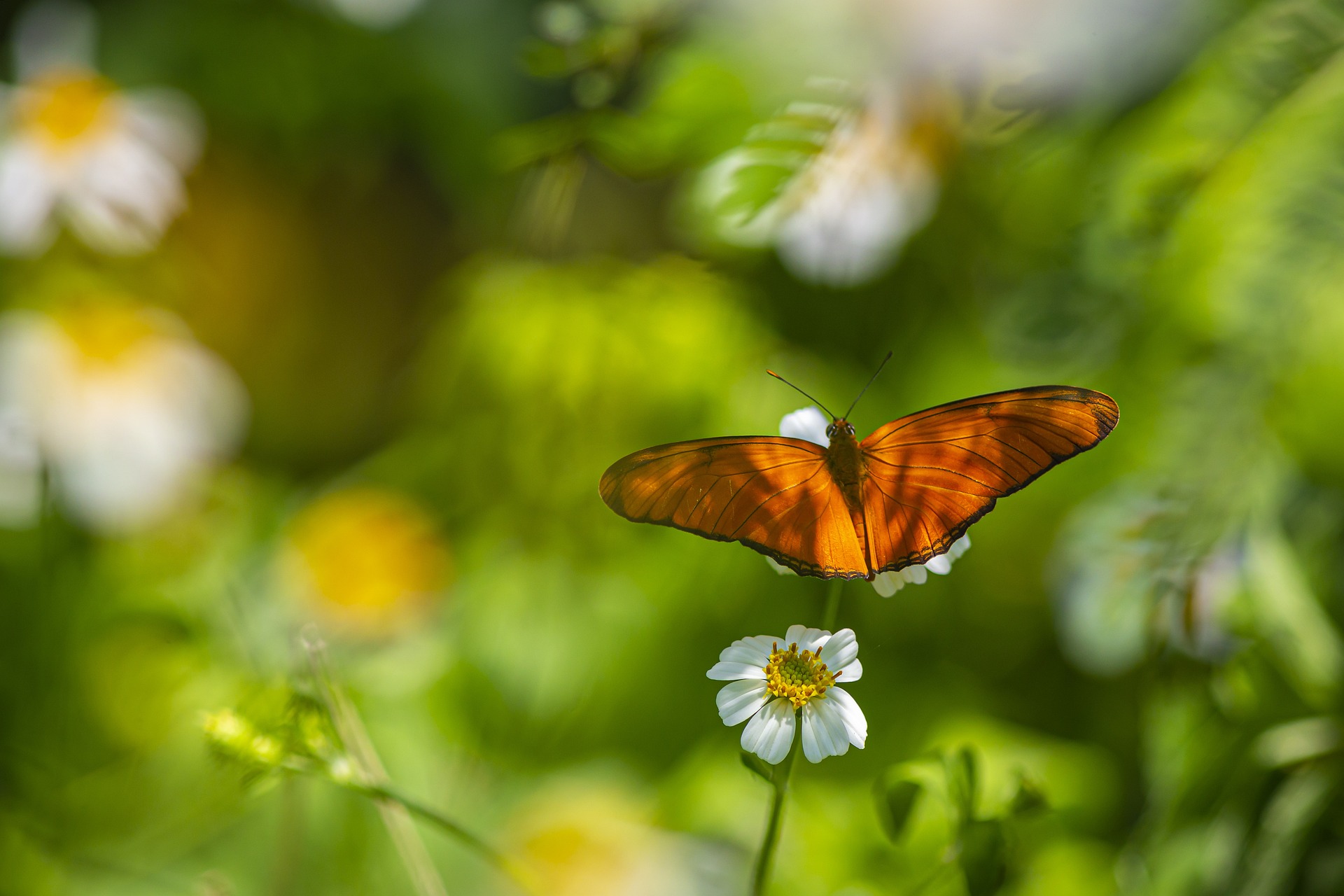

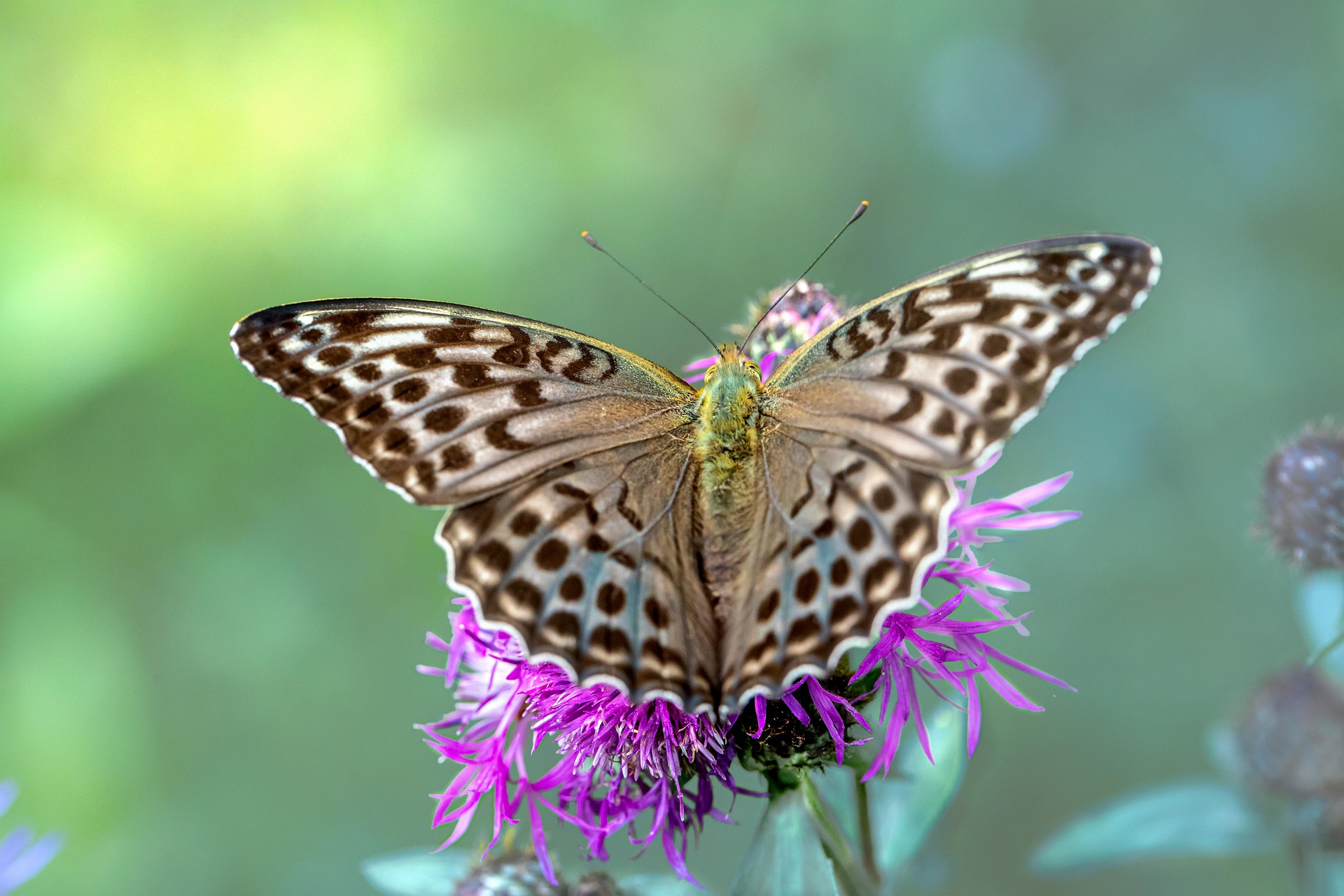

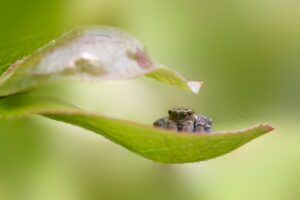
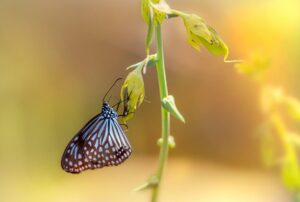
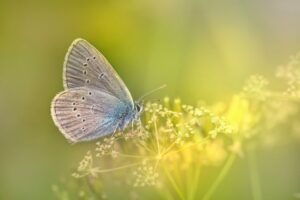
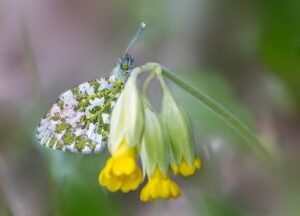
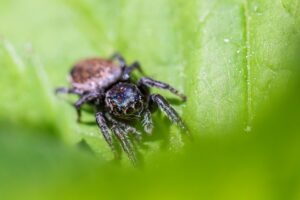
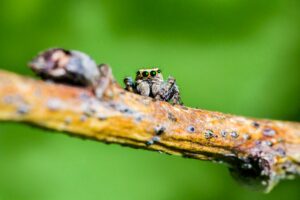
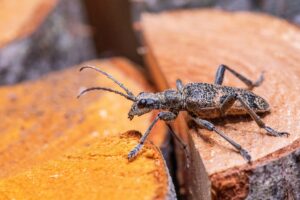
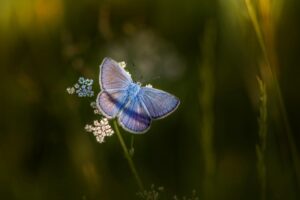
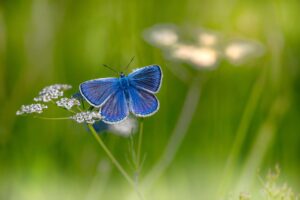
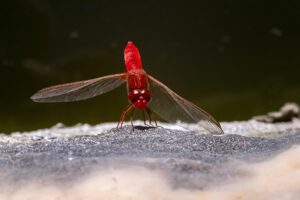
Post Comment